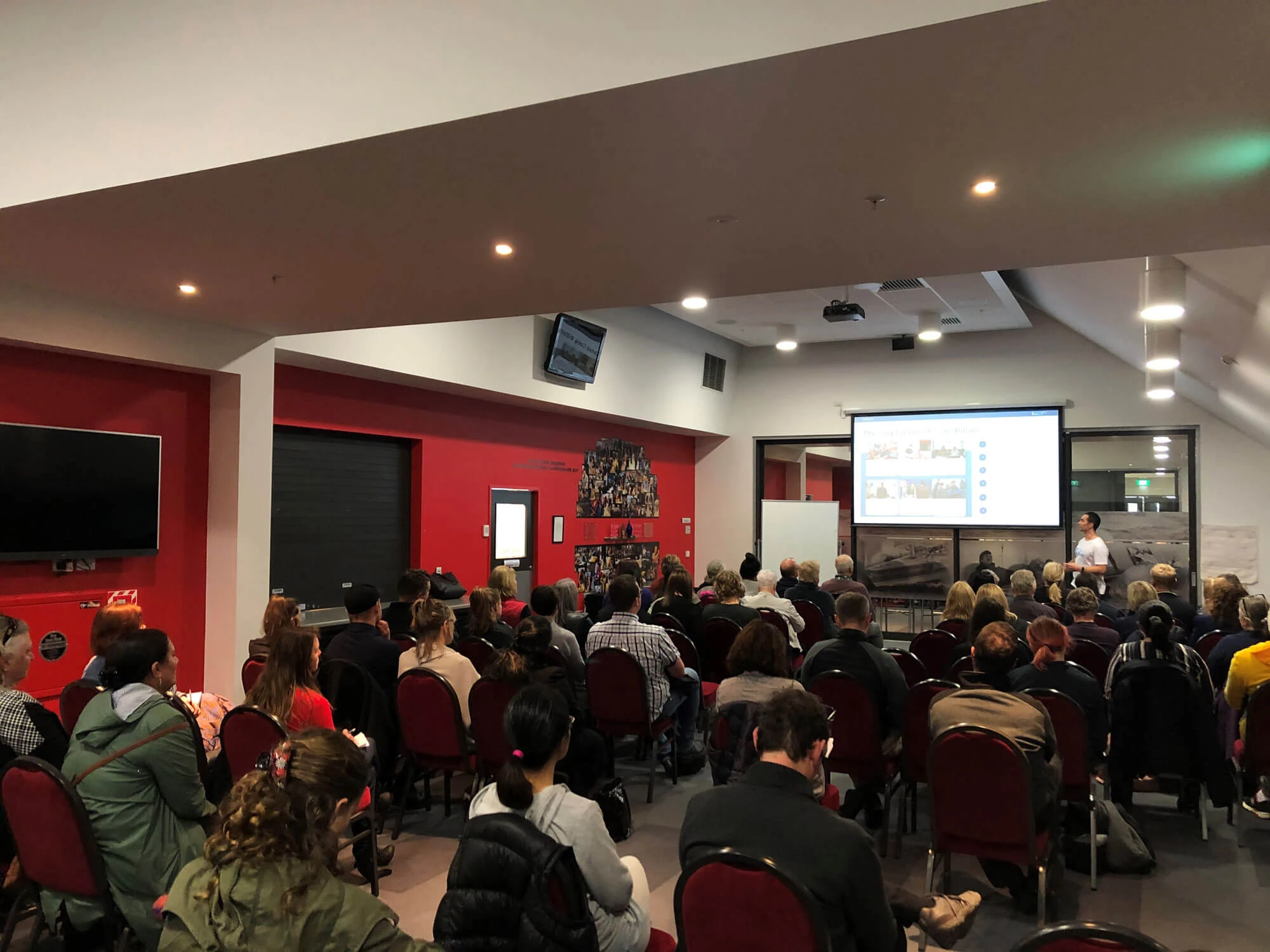Soramame Bean (Vicia faba)
Introduction
The Japanese broad bean (soramame) is a sweeter version of the broad bean mor familiar to New Zealanders. It can be exported fresh or frozen. Soramame is usually green in colour but there are red bean varieties available. They are an interesting product and have good potential in the Southern regions of New Zealand. The beans do seem to be more susceptible to rust diseases than conventional broad beans so fungicide sprays will need to be used.
Growing Soramame
| Propagation: | Grown from seed. |
| Yields/ha: | 3–5cm
Plant spacing: 0.3m (in row spacing), 0.75m(between rows) Plant density: 44,000 plants/ha Sowing date: March–June Harvest date: October–December Sowing method: Direct drilling Expected yield: 10–15t/ha |
| Soil type: | Light textured free draining soil. |
| Fertilisers: | A general NPK fertiliser is useful at sowing. Urea at flowering also proves beneficial. |
| Weed control: | Weed control is necessary to prevent plant diseases being transmitted from the weed crop. |
| Crop Support: | Broad beans are traditionally grown with a support structure to keep them up. Trials growing these beans in a broad-acre situation have been successful but hand harvesting was needed. |
| Pest/Diseases: | Aphids, mosaic virus and some rust spores cause problems. |
| Harvesting: | Soramame is harvested in New Zealand between October and early December. This coincides with the peak market prices in Japan. |
| Marketing: | Soramame beans should have a market as a fresh, frozen or freeze dried product in Japan. However, links into the market have yet to be established. |





